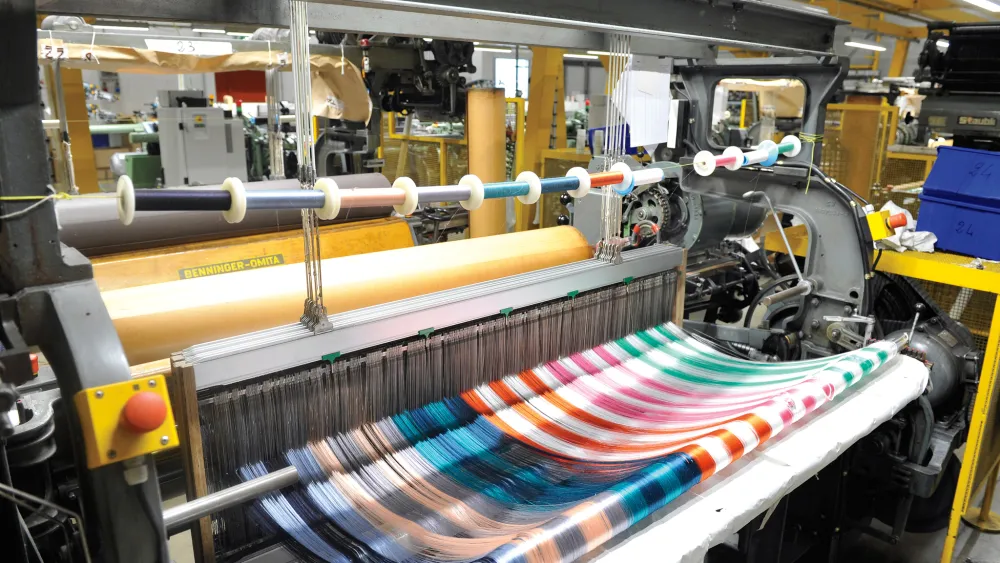Introduction
Welcome to the future of industrial training and operational efficiency with AR/VR technologies. Augmented Reality (AR) and Virtual Reality (VR) are pioneering technologies in the manufacturing sector that can revolutionize the workforce’s efficiency. AR superimposes digital information on the physical world, while VR creates a complete digital experience for its users. In Manufacturing, the benefits of these technologies are immense that it improves productivity and safety to reduce costs. But it’s not just about applying these technologies; it’s how workforce can be empowered.
Let’s explore how AR/VR can shape the future of manufacturing.
Revolutionizing Industrial Training
In recent years, the manufacturing industry has witnessed a drastic transformation with the adoption of AR/VR technologies. AR/VR technologies have introduced a paradigm shift in industrial training. Virtual Reality Training (VRT) offers a simulated environment that immerses trainees in real-life situations without putting them at risk. ART overlays virtual objects onto the physical world to provide a hands-on training experience.
What it can do? With AR/VR technologies, employees can learn complex procedures and work with high-tech equipment, minimizing operational downtime. Companies can provide cost-effective training through virtual modules.
AR/VR technologies are the future of industrial training, and companies that fail to integrate these technologies risk losing their competitive edge.
Improved Workplace Safety
Safety is paramount in manufacturing environments, and AR/VR technologies play a crucial role in enhancing workplace safety. Through AR, workers can visualize safety guidelines, hazard warnings, and operation instructions directly on their surroundings. Moreover, VR-based safety training simulations allow workers to practice emergency scenarios, such as handling hazardous materials that makes company a competent manufacturer and exporter of knitwear. By immersing employees in virtual environments, organizations can train effectively for critical situations, improving overall safety outcomes
Remote Collaboration and Expert Assistance
With VR headsets or AR-enabled devices, workers can share their real-time views and communicate with remote colleagues or experts. This allows for real-time problem-solving, reducing downtime and enhancing operational efficiency. leveraging the power can guide on-site workers through complex procedures, reducing expensive and time-consuming travel. This collaborative approach ensures that expertise is accessible across geographically dispersed locations, enabling faster decision-making and effective knowledge sharing.
Enhancing Operational Efficiency
Manufacturers are under constant pressure to improve operational efficiency and reduce costs, while increasing productivity. AR/VR technologies offer numerous solutions to achieve these goals. For example, Remote maintenance and monitoring allowing technicians to remotely diagnose and repair equipment. This means less downtime and faster response times to issues.
Challenges and Opportunities
Incorporating AR/VR technologies in manufacturing has revolutionized industrial training and enhanced operational efficiency. However, it comes with its own set of challenges and opportunities.
- high costs
Technological barriers such as high costs, hardware and software compatibility, and concerns over data privacy can hinder the implementation of AR/VR technologies. Manufacturing companies need to address these issues by investing in suitable hardware, software, and infrastructure.
- resistance from employees
Another challenge is resistance from employees who may be accustomed to traditional training methods and hesitant to try AR/VR technologies. Companies need to provide sufficient training and support to all employees. The benefits of AR/VR must be clearly communicated to employees to overcome any skepticism.
- Online trainings
Nevertheless, AR/VR technologies present huge opportunities for the manufacturing industry. The ability to train employees remotely and in real-time while reducing costs is a major advantage. Furthermore, using AR/VR technologies in the assembly line improves efficiency, reduces errors and risks, and significantly enhances productivity.
Conclusion
To sum it up, the integration of AR/VR technologies is revolutionizing the manufacturing industry by empowering the workforce with advanced techniques. From enhanced training and streamlined production processes to remote collaboration and improved workplace safety, AR/VR technologies offer immense potential for boosting productivity and efficiency. Embracing these technologies enables manufacturers to stay competitive in a rapidly evolving market, while also creating an engaging and empowering environment for their employees. AR/VR technologies shape the manufacturing landscape, unlocking new possibilities and transforming the way we work




